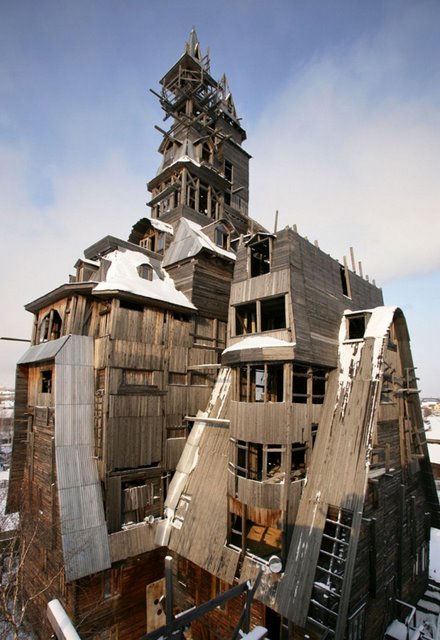1. Mind House (Barcelona, Spain)

(Bamboo leaf for angelocesare via www.boredpanda.com)
2. The Crooked House (Sopot, Poland)

(Bamboo leaf for brocha via strangebuildings.com)
3. Stone House (Guimarães, Portugal)
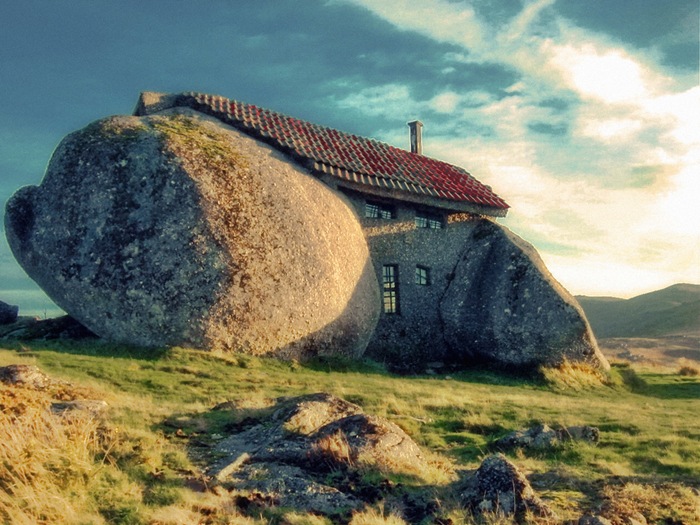
(Bamboo leaf for Jsome1 via strangebuildings.com)
4. Lotus Temple (Delhi, India)

(Bamboo leaf for MACSURAK via strangebuildings.com)
5. Cathedral of Brasilia (Brazil)

(Bamboo leaf for = xAv = via strangebuildings.com)
6. La Pedrera (Barcelona, Spain)

(Bamboo leaf for joe_aesmorga via strangebuildings.com)
7. Atomium (Brussels, Belgium)

(Bamboo leaf for /*dave*/ via strangebuildings.com)
8. Museum of Contemporary Art (Niteroi, Rio de Janeiro, Brazil)
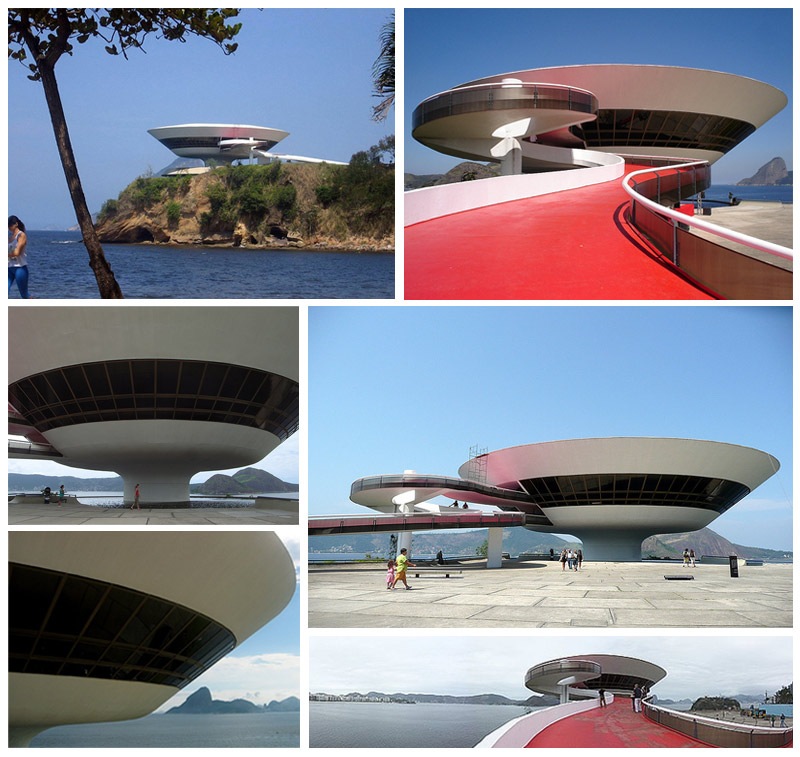
(Bamboo leaves for 1 | 2 | 3 | 4 | 5 | 6 | 7 via strangebuildings.com)
9. Kansas City Library (Missouri, USA)

(Bamboo leaf forjonathan_moreau via strangebuildings.com)
10. Low impact woodland house (Wales, UK)

(Bamboo leaf for Simon via strangebuildings.com)
11. Guggenheim Museum (Bilbao, Spain)
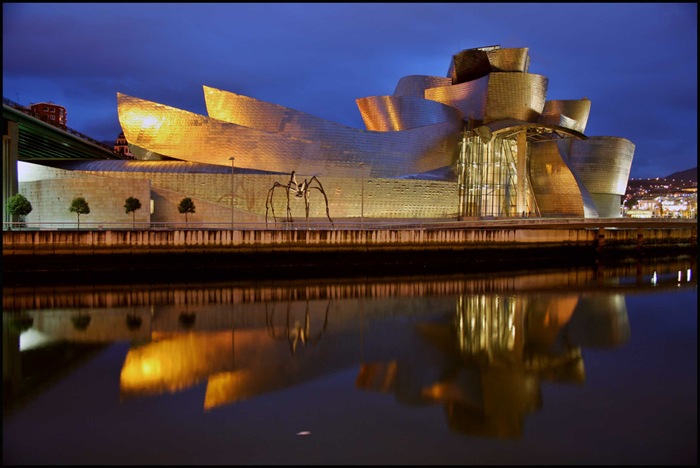
(Bamboo leaf for disgustipado via strangebuildings.com)
12. Rotating Tower, Dubai, UAE
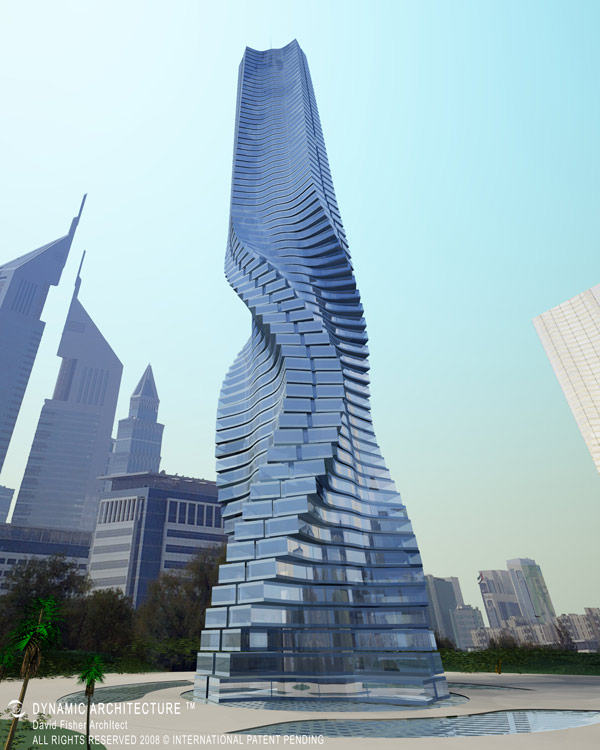

(Bamboo leaf for Dynamic Architecture â„¢ all rights reserved to Dr. David Fisher)
Have you ever seen a building in motion that actually changes its shape? Sounds unbelievable but not to Dr. David Fisher. This building will never appear exactly the same twice.
It is amazing but you will have the choice of waking up to sunrise in your bedroom and enjoying sunsets over the ocean at dinner.
In addition to being such an incredible engineering miracle it will produce energy for itself and even for other buildings because it will have wind turbines fitted between each rotating floor (picture 2). So an 80-story building will have up to 79 wind turbines, making it a true green power plant.
13. Habitat 67 (Montreal, Canada)

(Bamboo leaf for ken ratcliff via strangebuildings.com)
14. Casa da musica (Porto, Portugal)
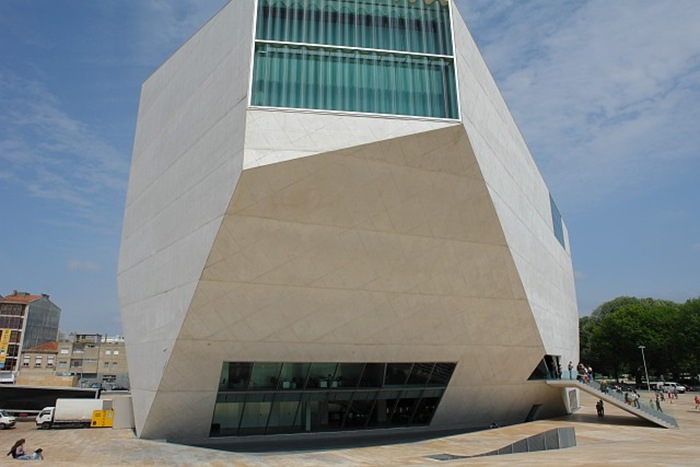
(Bamboo leaf for Osvaldo Gago – fotografar.net)
15. Olympic Stadium (Montreal, Canada)

(Bamboo leaf for Wikipedia via strangebuildings.com)
16. Nautilus House (Mexico City, Mexico)
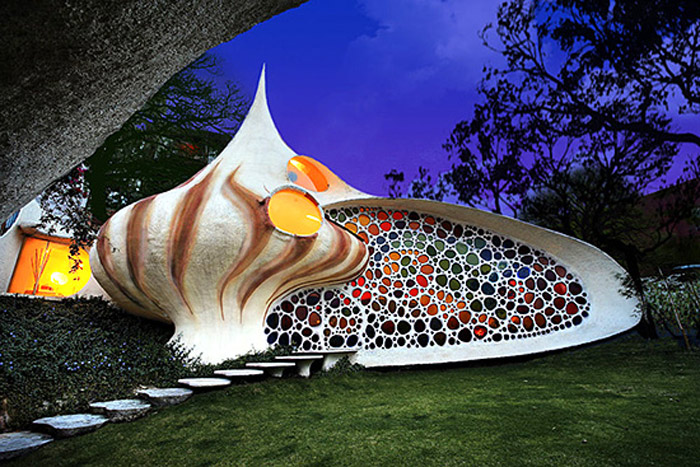
(via strangebuildings.com)
17. The National Library (Minsk, Belarus)

(Bamboo leaf for ledsmagazine.com via strangebuildings.com)
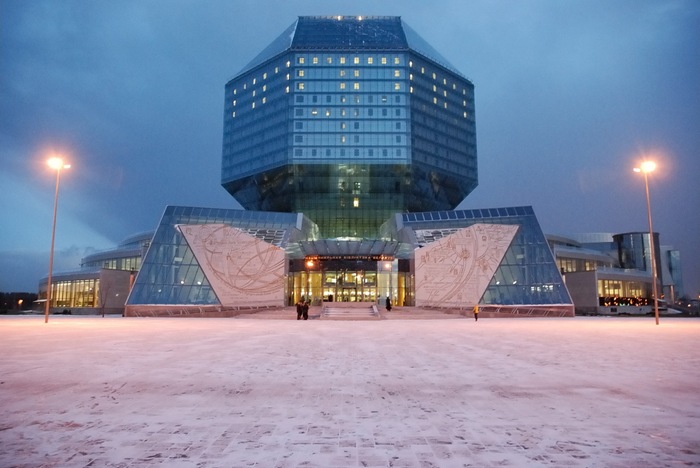
(Bamboo leaf for .magullo. via strangebuildings.com)
18. National Theatre (Beijing, China)
19. Conch Shell House, Isla Mujeres, Mexico

(Bamboo leaf for Mark Stadnik via strangebuildings.com)

20. House Attack (Viena, Austria)

(Bamboo leaf for Dom Dada via strangebuildings.com)
21. Bibliotheca Alexandrina (Egypt)

(Bamboo leaf for Bibliotheca Alexandrina strangebuildings.com)
22. Cubic Houses (Kubus woningen) (Rotterdam, Netherlands)
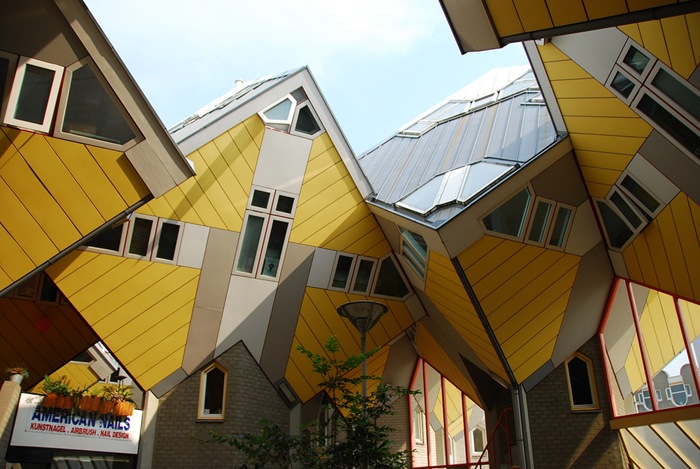
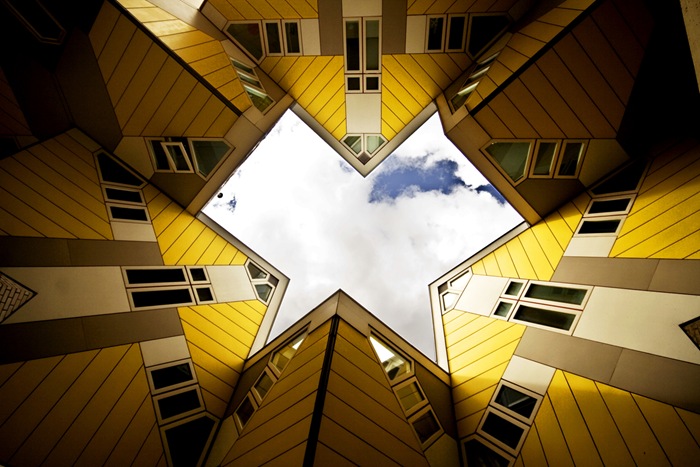
(Bamboo leaves for sarmax via strangebuildings.com)
23. Ideal Palace (France)

(Bamboo leaf for Mélisande* via strangebuildings.com)
24. The Church of Hallgrimur, Reykjavik, Iceland

(Bamboo leaf for Stuck in Customs via strangebuildings.com)
25. Eden project (United Kingdom)

(Bamboo leaf for wikipedia via www.boredpanda.com)
26. The Museum of Play (Rochester , USA)

(Bamboo leaf for Mike.Hanlon via strangebuildings.com)
27. Atlantis (Dubai, UAE)

(Bamboo leaf for Tom Olliver via strangebuildings.com)
28. Montreal Biosphere (Canada)

(Bamboo leaf for: wikipedia via via www.boredpanda.com)
29. Wonderworks (Pigeon Forge, TN, USA)

(Bamboo leaf for Rusl?k via strangebuildings.com)
30. The Basket Building (Ohio, USA)

(Bamboo leaf for addicted Eyes via strangebuildings.com)
31. Kunsthaus (Graz, Austria)

(Bamboo leaf for watz via www.boredpanda.com)
32. Forest Spiral (Darmstadt, Germany)
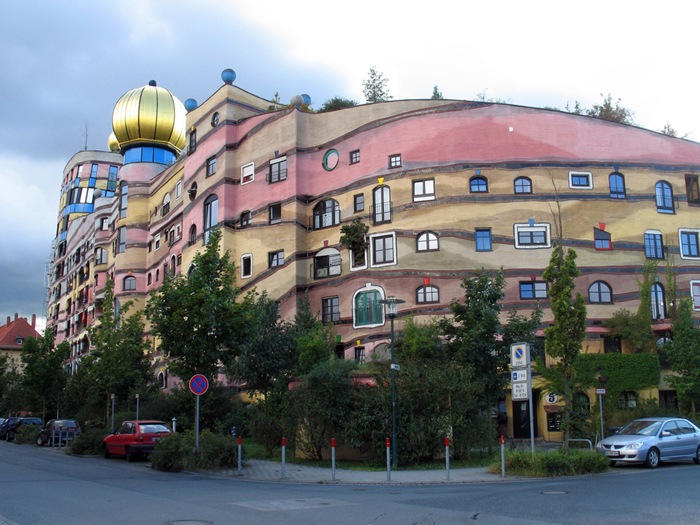
(Bamboo leaf for Kikos Dad via www.boredpanda.com)
33. Wooden Gagster House (Archangelsk, Russia)
